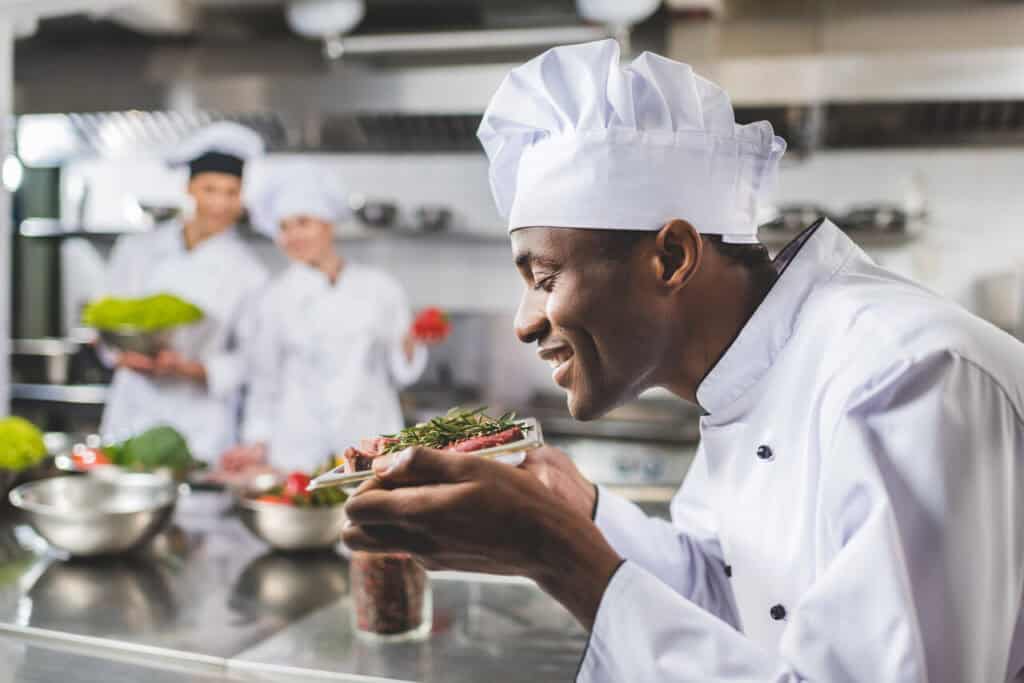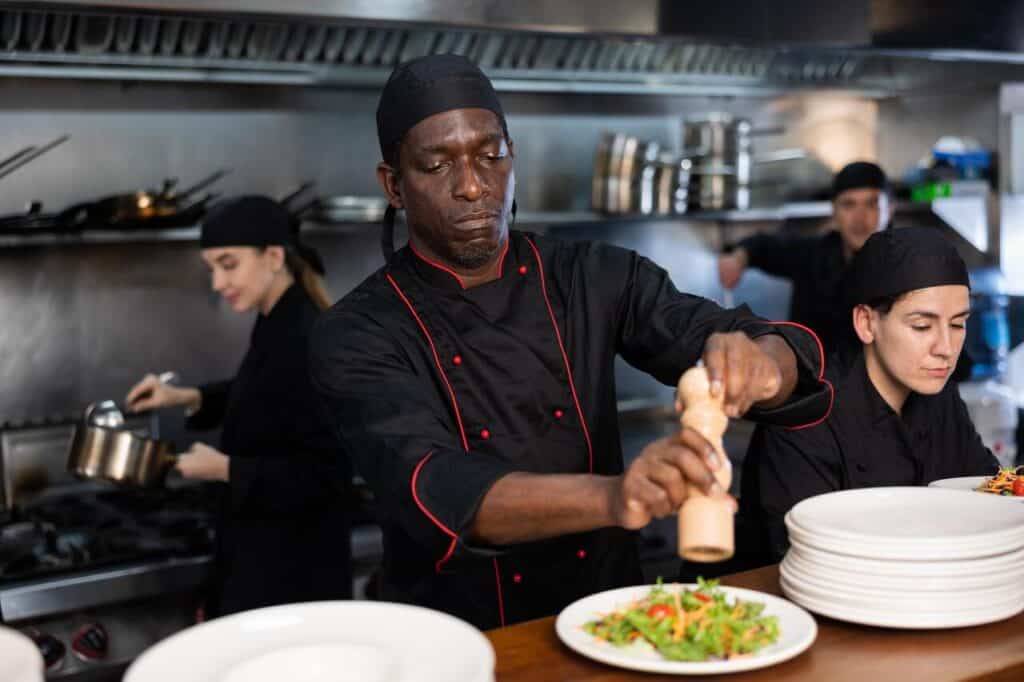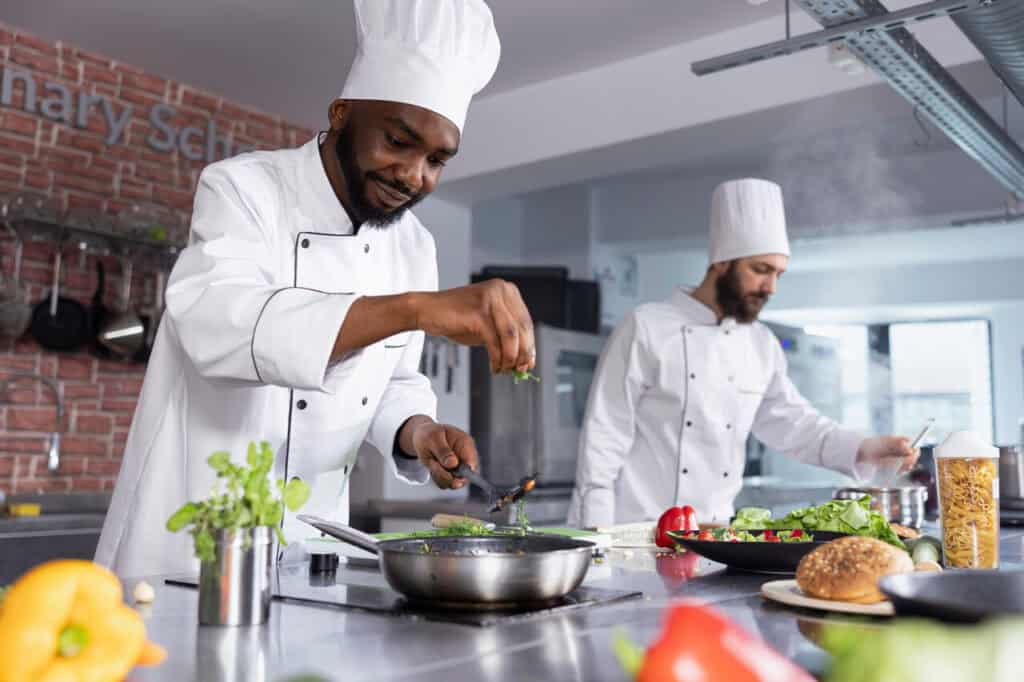We may earn money or products from the companies mentioned in this post. This means if you click on the link and purchase the item, I will receive a small commission at no extra cost to you ... you're just helping re-supply our family's travel fund.

Barbecue in America is often tied to tradition to old-school pits, time-tested rubs, and regional loyalties. But here’s the thing: many of those traditions come from Black cooks and communities whose contributions were often overlooked or erased. Today a new generation of Black chefs is reclaiming that legacy and pushing it into fresh terrain.
They don’t just replicate what came before. They ask: What if Memphis meets West Coast? Or if a low-country sauce gets a twist from West African spices? The idea isn’t to overturn tradition but to expand what regional barbecue can be so it feels both rooted and alive.
In doing that, they’re challenging who we think of as the “owners” of barbecue, pushing back on narratives that center white pitmasters. These chefs are making space for forgotten histories, flavor experiments, and new audiences. What this really means is barbecue in 2025 feels more inclusive, dynamic, and surprising.
Below, we’ll dig into how they’re doing it through regional reinventions, fusion of global techniques, and rethinking access and storytelling.
Reclaiming Regional Heritage

Barbecue is deeply regional Carolina, Texas, Memphis, Kansas City, each style defined by meat, wood, sauce, and technique. But those lines were drawn by storytellers, not alays by the people who built them.
By leaning into the Black roots of these traditions, today’s chefs assert their authority over regional styles. They resurrect forgotten rubs, reintroduce sidelined meats, and push back on media tropes that position Black cooks as “outsiders” in their own history.
Spice Rubs & Marinades Across Continents
In places like the Appalachians or the Mississippi Delta, local barbecue styles were once vibrant but faded under industrialization and standardization. Black chefs now dig through community memory, oral histories, old family cookbooks, and church cookout lore to bring these flavors back to life.
They’ll revive a mustard-vinegar mop sauce once common in rural counties, or reintroduce mutton or goat in areas where only pork survived. That work reclaims what was lost and reminds us that regional identity wasn’t static ; it changed with migration, markets, and power.
Expanding Regional Boundaries
Reclaiming doesn’t mean staying rigid. Some chefs take a regional style say, East Carolina’s vinegar pepper sauce and tweak it with chili-lime, smoked fruit, or fermented beans. That expands what that region can taste like without losing connection to its roots.
Others cross pollinate blending central Texas brisket technique with South Carolina mop sauces, or combining Alabama white sauce with Memphis ribs. The result: styles that feel familiar and new at the same time.
Fusion with Global Techniques

Barbecue is a global idea fire, smoke, slow cook. Black chefs are pulling from Africa, the Caribbean, Latin America, and Asia to reframe what’s possible.
They see connections: West African suya, Jamaican jerk, South African braai. These offer spice blends, wood choices, and techniques that resonate with Southern barbecue but push it into fresh territory.
Spice Rubs & Marinades Across Continents
By incorporating African pepper blends, fermented chiles, or island allspice, chefs layer in complexity. A dry rub might include berbere or grains of paradise alongside paprika and sugar. A mop sauce might get a dash of tamarind or Scotch bonnet.
Because barbecue is slow, flavors have time to evolve smoke helps carry and soften intense spices. The results feel familiar smoky, savory, deep but with an unexpected edge.
Alternate Proteins & Vegetal Smoke
Not everyone is working with pork shoulder or brisket. Some chefs BBQ fish, goat, rabbit, or even vegetables. Others use fruitwoods or coconut husk smoke, or wrap meats in banana leaves. These shifts force the palate to expand.
They’re not ignoring tradition they’re claiming its spirit (communion around fire, labor, patience) and asking where else that can lead.
Reshaping Access & Narrative

Innovation on the smoker is only half the story. Who gets coverage, who gets capital, who gets visibility those are battlegrounds too.
Many Black chefs face media erasure or tokenization. They fight not just to lead their kitchen, but to control how their story is told.
Building Community & Networks
Rather than going it alone, chefs form networks pop-up circuits, shared trailers, collaborations, mentorships. They carve pathways for others, resisting gatekeeping in the BBQ world.
They host community cookouts, teach youth in their neighborhoods, and mentor new entrants. That builds local roots and broader recognition together.
Controlling the Narrative
You’ll see these chefs writing their own blogs, producing videos, doing podcast interviews, or self-publishing cookbooks. They name their influences, acknowledge ancestors, and sidestep media filters that have historically sidelined their voices.
By doing so, they assert: we define what counts as “classic,” “regional,” or “modern” not outsiders.
Conclusion
Barbecue’s future isn’t about narrowing it down to one “best” style. It’s about letting it breathe. The Black chefs we talked about aren’t just operating in today’s BBQ world they’re reshaping it.
They connect past and future: honoring traditions while pushing boundaries. They fuse global influences to regional forms. And they reclaim narrative space demanding we see who built barbecue and who’s building its future.
When we bite into a rib or brisket today, it’s not just smoke and meat. It’s memory, identity, choices. That’s what Black chefs are reminding us: regional barbecue is living, not static. And its most exciting chapters may just be starting.